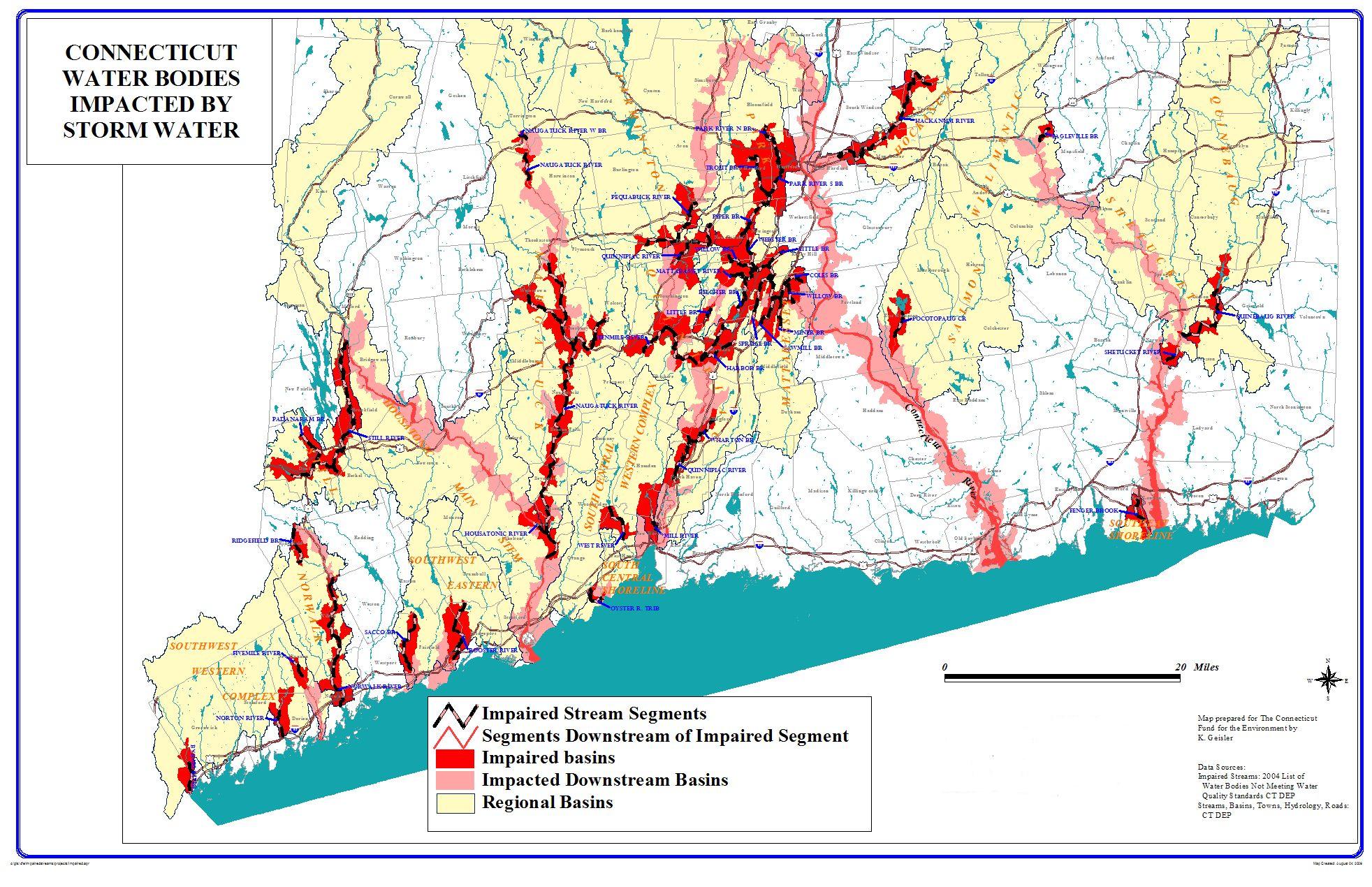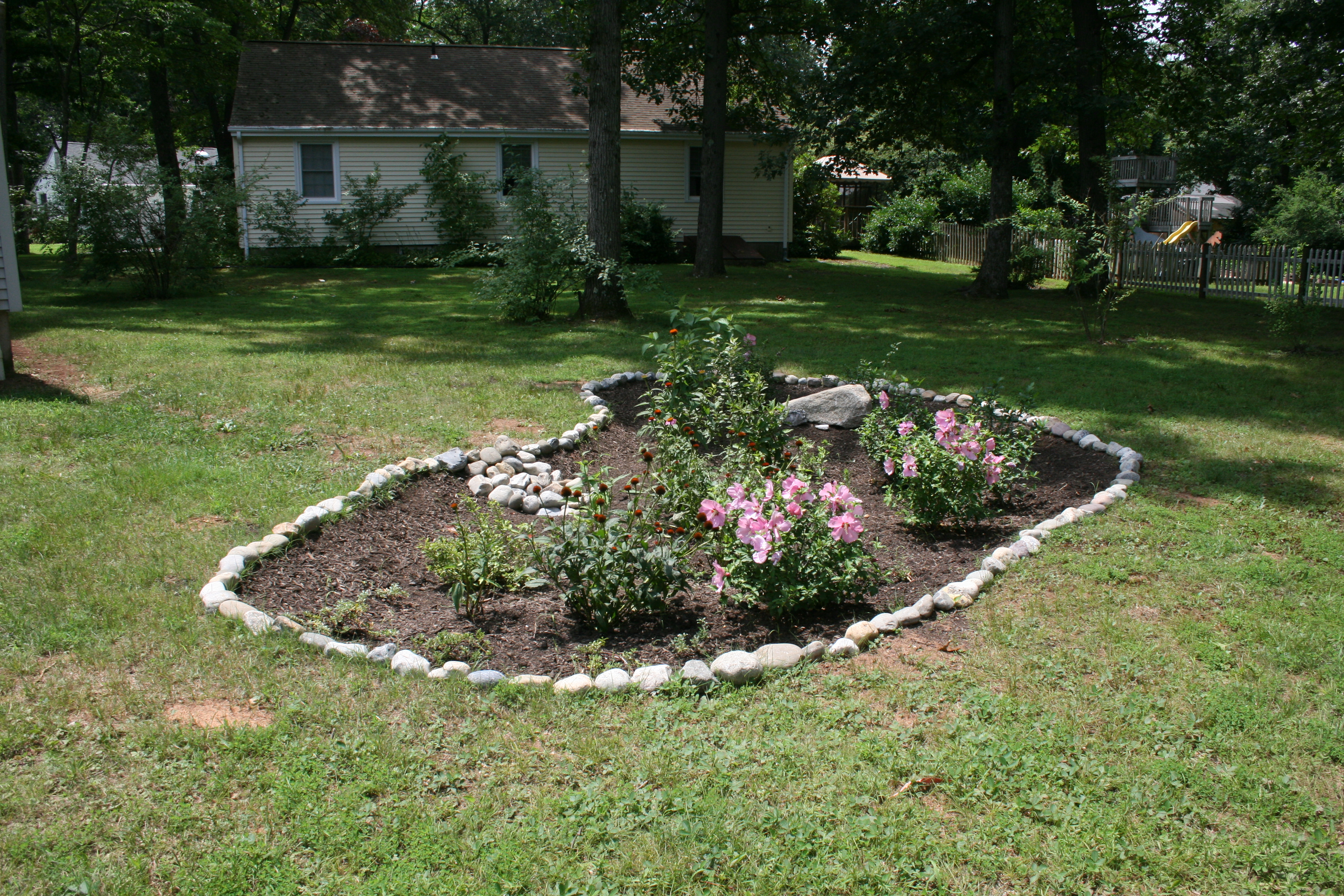The US Environmental Protection Agency (EPA) is exploring ways to help communities around the nation ensure their waters are healthy for people and wildlife. The EPA is currently working on a stormwater rule that proposes new controls for newly developed and redeveloped sites and possibly even old developments. The rule-making process is underway and we ask for your help to make sure the new rules are as strong as the Long Island Sound region needs. In Connecticut, Save the Sound just finished a series of rain gardens designed to filter stormwater runoff and provide future drinking water to residents in the Quinnipiac River watershed.
You can take action today and contact your elected officials asking them to put pressure on the EPA to move forward on the proposed national stormwater rulemaking to protect clean water and public health. Please, share Save the Sound’s Facebook and Twitter pages so we can double our impact on this important mission.
Polluted stormwater runoff is one of the greatest threats to clean water in the country. Stormwater that falls on streets, parking areas, rooftops or other hard surfaces picks up oil and grease from vehicles, fertilizers, pesticides, and other chemicals. This polluted runoff flows into nearby gutters and storm drains, eventually reaching and affecting directly the water quality of our rivers, streams, lakes, ponds, and the Long Island Sound.
In Connecticut, the harmful effects of stormwater runoff have hit the Sound hard. In cities like Bridgeport, New Haven, and Hartford stormwater and sewer systems are combined, forcing untreated sewage into the Sound when it rains. These discharges are often the main cause of beach closings every year. In 2012, beaches in the Connecticut Sound suffered 298 days of closings and advisories. Similarly, beaches in the Bronx, Queens, Westchester, Suffolk, and Nassau counties in New York had 1,023 unhealthy beach days.

Stormwater pollution is a problem that everyone can play a part in solving. Here at Save the Sound, we have been working on the implementation of green infrastructure which filters stormwater, reduces sewage overflows, and minimizes flooding. Green infrastructure (GI) is proven to be one of the most cost-effective ways to reduce stormwater runoff, plus it enhances communities and promotes biodiversity in urban areas. The range of GI techniques includes rain gardens, green roofs, rain barrels, and permeable pavements. This past Spring, Save the Sound worked intensively in the Town of Southington and planted nine residential rain gardens which have been capturing runoff from over 6,600 square feet of roofs across the town.

Green infrastructure is certainly one of the key pieces the new EPA stormwater rulemaking should incorporate. GI will not only help protect our waterways, but will provide economic benefits as well.
The aim for clean water involves every one of us. Reducing stormwater pollution is a problem that people can change by stopping and reducing individual activities that cause pollution like reducing impervious surfaces at home, picking up after your pet, etc. Green infrastructure techniques also can easily be incorporated in communities to help manage stormwater runoff in a more large scale. Visit ReduceRunoff.org to learn more about stormwater runoff and how green infrastructure can help.
Posted by Maria Llanos Martell, intern, for CFE/Save the Sound.

Reblogged this on 2 Geeks @ 3 Knots.
I’m glad to hear about the rain gardens done by Save the Sound. I’ve seen them around Seattle, where there’s a lot of awareness, but still a lot of potentially tricky situations, with all the water sources we have here and all the building, roads…and people! (Did you notice I said “we”? It’s been over 1 year and a half since we moved, and I’m really beginning to feel more like a PNW’er and less like a New yorker). Good post!